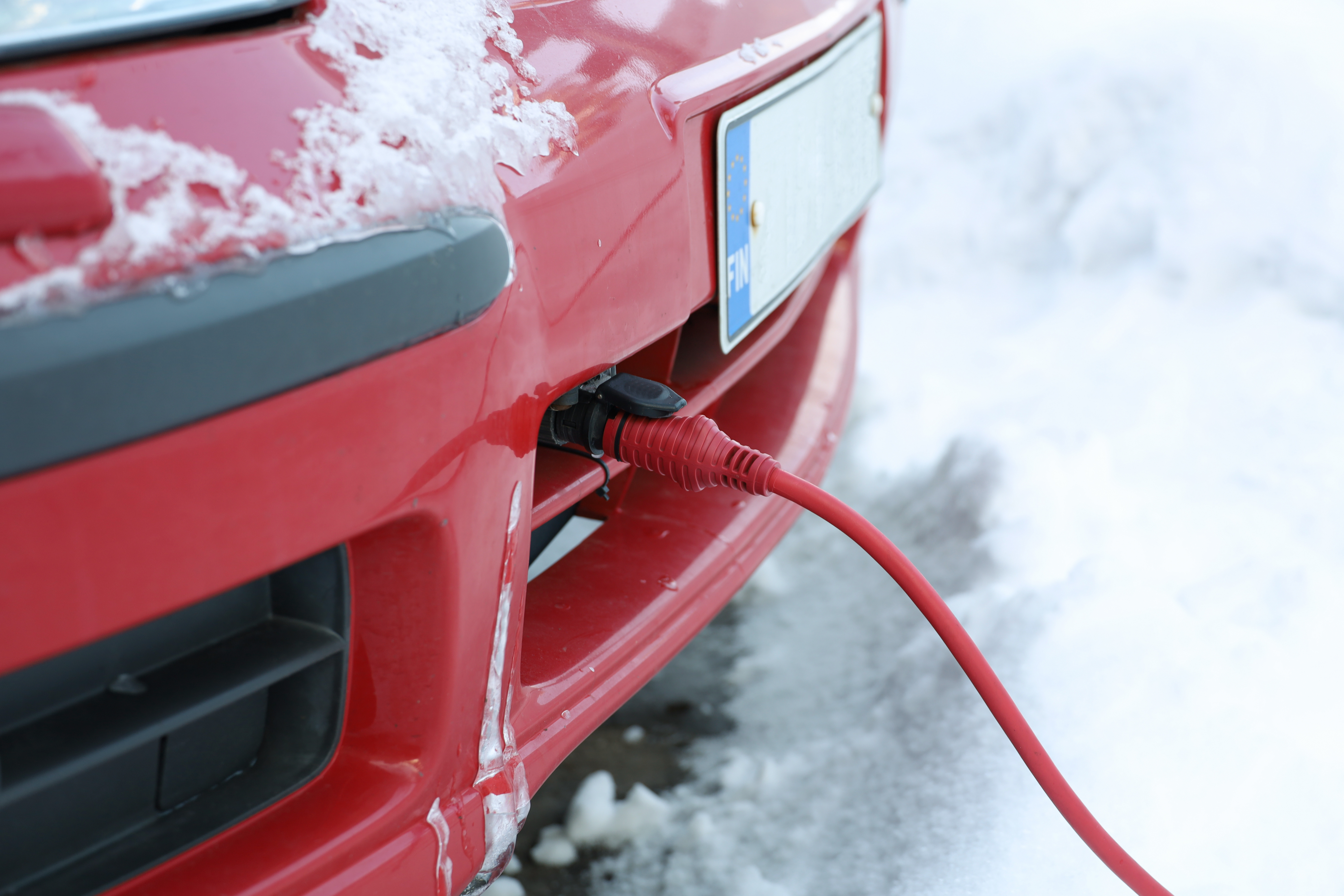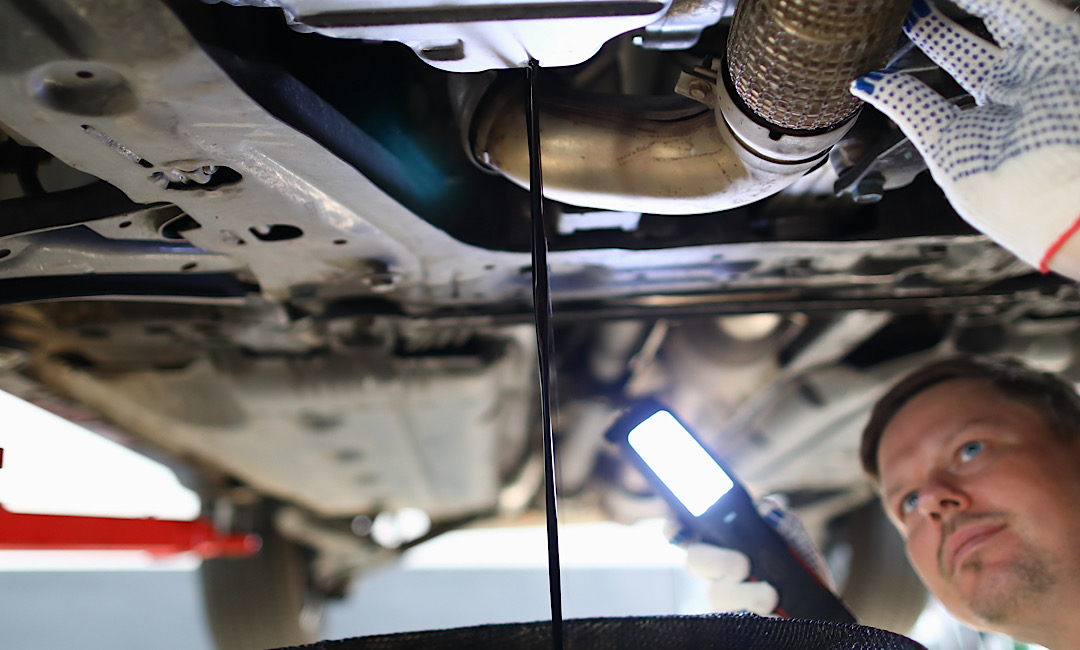It can be alarming when you spot a leak dripping from your car. What does it mean? How soon do I need to get it repaired?
A car leak can point to anything from windshield wiper fluid to more severe threats like a loss of brake fluid. Coolant leaks happen to fall on the severe side of the car fluid spectrum. In fact, one of the top causes of engine damage is coolant leaks.
So what should you do if you spot a coolant leaking?
What Is Coolant?
Coolant is critical in preventing your engine cooling system from overheating during summer. Your vehicle’s engine heats up as you drive, so without the proper coolant level, an engine will get too hot. And if you ignore the leak, it can lead to worse problems for your car’s engine down the road.
So how long can you drive on low coolant levels? Since overheating is a significant risk, you’ll need to drive to the nearest repair shop. It’s not recommended to drive without the proper coolant levels lest you run the risk of engine failure. However, if the coolant level is too low, you won’t be able to drive at all. In which case, you’ll need to call for assistance.
Signs of a Coolant Leak
When you know about the signs of leaky coolant, you can quickly get the auto repair your vehicle needs.
-
Color of leak: If you notice a green, orange or pink colored leak coming from the front of your car, this is a big sign pointing toward a problem with your coolant. Coolant has a sweet odor and feels slimy and sticky to the touch.
-
Steam under hood: When you hear a hissing sound or spot steam billowing out from under the hood, your check engine light should turn on. You might even smell a hot and sweet aroma. If you see these signs, you should pull over to prevent the engine from further overheating. This steam can be very hot, though, so allow some time for your engine to cool before lifting the hood.
5 Causes of Coolant Leaks
Coolant leaks can stem from several different causes like:
-
Hole in the radiator: Corrosion in the radiator is a leading cause of coolant leaks. In addition, as the radiator hoses age, they won’t seal as well, which can lead to leaky puddles.
-
Blown head gasket: When a head gasket blows, it won’t be able to keep the engine oil and coolant separate, which can lead to engine failure.
-
Leaky radiator cap: The cap’s seal can deteriorate, allowing coolant to spill out.
-
Expansion tank issues: This container provides coolant to the radiator. If the container cracks, coolant will be released.
-
Water pump failure: If a problem occurs, the coolant won’t be able to circulate through the cooling system causing the engine to overheat.
What Should You Do When Your Coolant Leaks?
While certain car problems can be avoided for a short time, coolant leaks should be looked at immediately. That’s because the damage you can cause to an overheated engine will cost you far more than it will to fix a coolant leak.
You can pop open the front hood to let your car cool down for around 30 minutes. Touching a radiator can be very hot if you don’t let it cool first. Your radiator is located at the front of your vehicle, just behind the grille. Simply unscrew the cap and check to see if the coolant is low.
If it’s below the minimum, your vehicle is unsafe to drive. In which case, you’ll need assistance to get your car to an auto repair shop. However, if it’s above the minimum, you may have enough time to drive to a nearby repair shop.
Conclusion
A small coolant leak can have a big impact on your car’s engine if you try to avoid it. So the best thing you can do when you spot a puddle of coolant is to get your vehicle checked immediately. You won’t be able to drive on low coolant, and your engine will pay the price if you try.
If you’ve spotted a coolant leak or any other mysterious car leaks, stop by Naylor’s. Our expert team can handle any of your maintenance needs!



